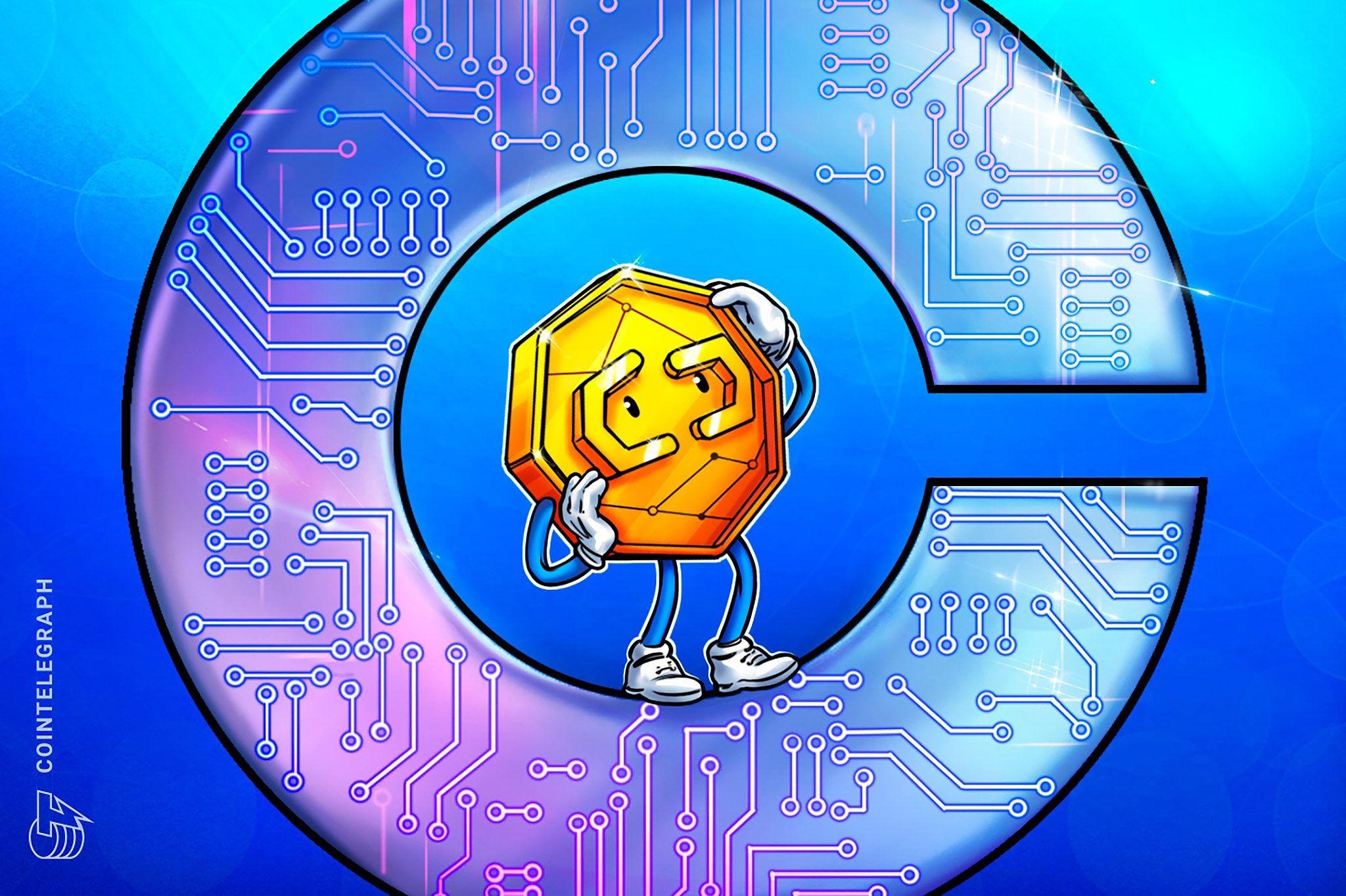
Coinbase explained that it is now “more important than ever” to build an inflation-tracking stablecoin that negates poor monetary policy decisions of central banks.
Crypto exchange Coinbase sees inflation-pegged “flatcoins” as one of four “critical” innovations that should be built on its recently launched layer-2 network Base.
The other three include an on-chain reputation system, an on-chain limit order book (LOB) exchange, and tools that make the decentralized finance (DeFi) ecosystem safer.
The trading platform outlined the four areas in a March 24 post — about a month after Coinbase launched Base on Feb. 23. Base is secured by Ethereum and powered by fellow layer-2 network Optimism.
Are you a builder passionate about making the onchain economy grow, but looking for where to start?
— Base (@BuildOnBase) March 24, 2023
We just published a Request for Builders: four areas we’d love to see builders explore on Base (with funding from the Base Ecosystem Fund) https://t.co/XSSdPnusyc
First off the bat was the development of an inflation-pegged flatcoin. In light of the recent banking crisis, Coinbase said it is now “more important than ever” to build an inflation-tracking stablecoin that negates poor monetary policy decisions of central banks:
“[We] are particularly interested in ‘flatcoins’ — stablecoins that track the rate of inflation, enabling users to have stability in purchasing power while also having resiliency from the economic uncertainty caused by the legacy financial system.”
While most stablecoins are pegged to a reference asset such as the U.S. dollar (USD), flatcoins aim to be pegged to the “price of living” by tracking consumer price index and inflation data.
Coinbase added that it is also open to other ideas that “fill the space” between fiat-pegged stablecoins and volatile cryptocurrencies.
The concept has the approval of investor Ray Dalio too, who recently said that he would like to see an “inflation-linked coin” that serves to ensure that consumers can secure their buying power.
“The closest thing to that is an inflation index bond, but if you created a coin that says OK this is buying power that I know I can save in and put my money in over a period of time and transact in anywhere, I think that would be a good coin,” he said.
Coinbase is making a Request for Builders on their L2 and one of the products they want to incubate is a non-fiat pegged stable pic.twitter.com/Fx7PSL2MOD
— ℳiLLiΞ⏳ (@0xmillie_eth) March 26, 2023
Coinbase has also urged developers to look into developing an on-chain reputation system, which it says will play a “critical role” in establishing “onchain trust” between users, Coinbase said.
A reputation protocol could implement a credit score or a rank-like system which ensures certain criteria is met before an onchain identity can interact with a decentralized finance (DeFi) application:
“This could look like a FICO or Google page rank type score on ENS names, ratings/reviews for merchants, and other measures that help build trust onchain.”
Ganesh Swami, CEO of blockchain data aggregator Covalent previously told Cointelegraph that this could be achieved by reviewing past transaction data of a particular wallet address on competitor protocols, as the blockchain leaves what he describes as “historical breadcrumbs.”
However, Coinbase said that reputation protocols must ensure user privacy and autonomy is preserved.
In its third area of focus, Coinbase said an on-chain limit order book exchange could serve as a more “advanced exchange” because it can carry out the normal operations of exchange whilst eliminating counterparty risk through self-custody.
Limit orders are used to place an order to buy or sell the stock with a restriction on the maximum (or minimum) price that a user wants to trade at. A limit order book is a list of orders for a given security.

By taking this onchain, Coinbase explained that it may offer professional traders and institutions a new trading venue to execute trading strategies that they’re familiar with in the traditional financial system:
“The high throughput of Base opens up significant new opportunities for designing new mechanisms for spot trading, limit orders, options, perpetuals, and more. And, builders can use open source tooling like OP Stack to build L3s that give them even more speed and control, potentially enabling even deeper liquidity, still accessible through L2.”
Related: Coinbase new blockchain seen as ‘massive confidence vote’ for Ethereum
The final area of focus, according to Coinbase, is around making the decentralized finance (DeFi) ecosystem safer for users and developers.
To achieve that feat, it wants to enable tools that protect against smart contract code vulnerabilities and protocol logic errors.
The firm explained that self-service security testing tools and stronger auditor services may help mitigate threat prevention, circuit breakers and incident response systems.
Coinbase said it would also like to see more insurance protocols to serve as a “critical backstop” for users in the event of a smart contract exploit.
Meanwhile, to help fast-track DeFi on Base, Coinbase launched its Base Ecosystem Fund to help fund early-stage projects building on Base. The layer-2 network now supports over 30 blockchains, according to a recent post by Base.
Magazine: Unstablecoins: Depegging, bank runs and other risks loom

